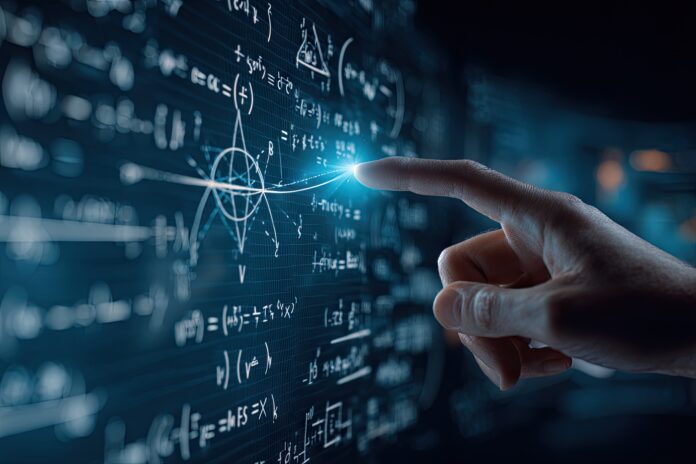AI and math are converging at a pace that promises to revolutionize both fields. AI and math sit at the core of technological breakthroughs, driving advancements in research, education, and real-world applications. But what’s next for AI and math, and how will this dynamic duo reshape our future? Let’s dive into the possibilities and emerging trends.
The State of AI in Mathematical Problem Solving
Recent progress in AI, particularly large language models (LLMs), has captured the imagination of mathematicians and technologists alike. For example, OpenAI’s latest model, codenamed o3, scored 25% on the challenging FrontierMath test—a secret set of advanced math questions designed to truly test the boundaries of machine reasoning and creativity[1]. While impressive, these results also highlight the current limits of AI in tackling the toughest mathematical problems. AI models handle routine calculations and symbol manipulations with ease, but abstract reasoning and creative leaps—hallmarks of mathematical discovery—remain elusive for machines.
Automated Theorem Proving and Formalization
One of the most promising frontiers is automated theorem proving. New AI-based software tools aim to bridge the gap between natural-language mathematics and formal proof systems. This includes:
- Auto-formalization: Translating human-written math into formats that proof assistants can check.
- Auto-informalization: Explaining formal proofs back in plain language for human comprehension.
- AI-guided proof suggestions: Assisting mathematicians with tactics and relevant concepts during the proving process.
These developments not only streamline mathematical rigor but also free researchers to focus on innovation, exploration, and creativity[3]. Most importantly, by eliminating bottlenecks in verifying proofs, AI gives rise to large-scale collaborative research projects once thought infeasible.
AI as a Mathematical Collaborator
With initiatives like the AI for Math Fund pouring significant resources into math-focused machine learning projects, expect a surge in AI-driven discovery and collaboration[3]. Imagine mathematicians worldwide, connected through AI-enhanced platforms, working on open problems together in real time. Such platforms will integrate proof assistants and automated reasoning tools, making it easier for participants to contribute, verify, and iterate on complex ideas.
Besides that, AI holds the potential to transcend mere automation. Advanced models may soon assist in exploring uncharted mathematical territory, suggesting novel approaches or previously unimagined conjectures. While AI won’t replace human creativity, it could serve as an invaluable partner, amplifying our collective capacity for discovery.
Transforming Math Education with AI
AI isn’t just for professional mathematicians. It’s starting to reshape how students engage with math, from elementary classrooms to graduate studies. AI-powered tools can dynamically generate problems, offer instant feedback, and help explain complex concepts in accessible language. By pulling back the curtain on the math beneath AI, educators empower students to understand both the power and the pitfalls of these technologies[4].
For example, when students use AI to analyze algorithms, they don’t just see how math works—they see its real-world consequences. Does an algorithm for hiring inadvertently penalize candidates with lower grades but outstanding experience? Testing and revising such algorithms builds mathematical intuition and a sense of ethical responsibility, preparing students for an AI-driven world.
The Evolving Relationship Between AI and Mathematics
As AI becomes more capable, it does not simply automate math—it expands what’s possible. This shift echoes earlier revolutions, as when calculators and computers changed mathematics forever[5]. However, today’s models are beginning to take on more conceptual tasks, hinting at an era when machines might partner in discovery rather than computation alone.
Ultimately, the collaboration between AI and math isn’t just about speed or automation. It’s about exploring the boundaries of human knowledge, tackling problems together that once seemed insurmountable. Therefore, the next decade promises not only smarter machines, but a richer, more interconnected mathematical landscape for all.
Conclusion: A Future Shaped by Human and Machine Collaboration
The synergy between AI and mathematics is opening doors to new discoveries, improved education, and collaborative research at unprecedented scale. As AI models continue to learn and evolve, mathematicians and educators will discover fresh ways to harness their power, always keeping creativity and ethical reflection at the forefront. The question isn’t if AI will change math, but how far this partnership can take us.
References
- Can AI do maths yet? Thoughts from a mathematician.
- Artificial Intelligence | What’s new – Terence Tao
- Why Understanding AI Starts With Math – Education Week
- How Will the New AI Impact Mathematics Research?



